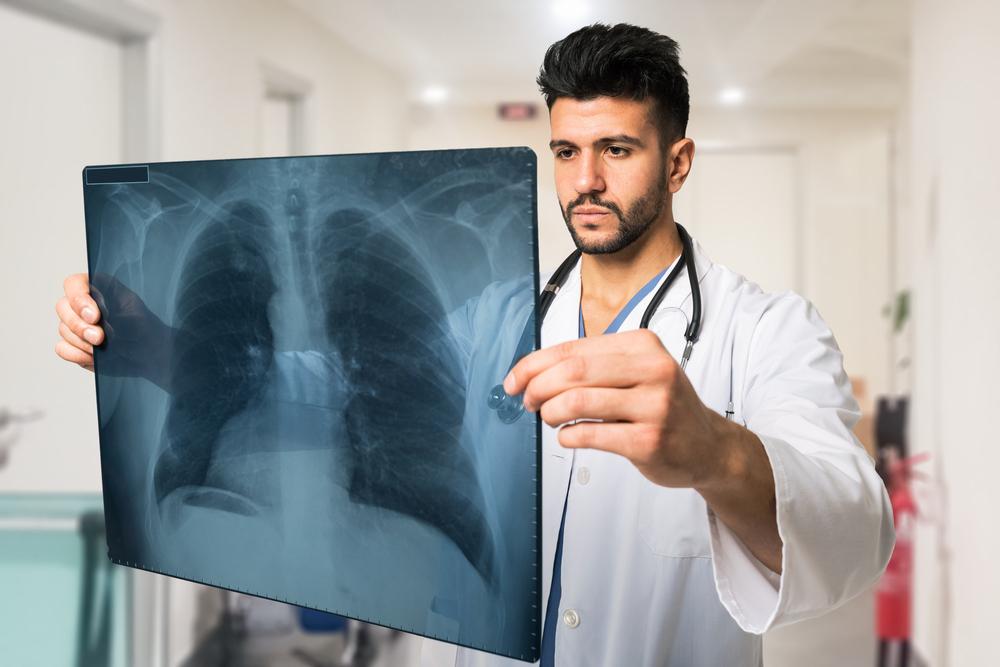
Treatment Options for Lung Cancer
Cancer is a terrible disease, especially when it affects the vital organs, such as the lungs. According to the National Lung Association, lung cancer refers to any cancer that originates in the lungs. The most common type of lung cancer is non-small cell lung cancer (or NSCLC), which affects almost 85% of lung cancer cases, and takes root in the tissues in the outer part of the lungs (adenocarcinomas). Fast progressing small-cell lung cancer (SCLC) makes up about 20% of lung cancers and grows in the alveoli (or tiny air sacs in the lungs). While squamous cell carcinomas make up the remaining 30% and develop in the passages of the respiratory tract.
Different types of lung cancer often require one or a combination of the following treatments:
1. Lung cancer surgery
As with most forms of cancer, if the lung cancer consists of a tumor, it will need to be removed via surgery. This is a pretty straight forward process in which the doctor will remove the tumor by making an incision in the chest, and simply remove the section of the patient’s lung that has been affected. Alternately, the doctor can use a technique known as “video-assisted thoracoscopic surgery” to make a much smaller incision, and remove the tumor through a small tube. This is much less traumatic for the patient, and can lead to faster recovery times from the surgery itself.
2. Chemotherapy
If the tumor is relatively large, the doctors may decide to go with chemotherapy before removing it. This is typically the result of an attempt to shrink the tumor, and make it easier to remove. It should also be noted that chemotherapy is used after surgery in many cases to prevent the cancer from returning, or in place of lung cancer surgery in cases in which the tumor simply can’t be removed for whatever reason. Regardless, chemotherapy is an incredibly versatile treatment method and the type used will be determined based on the lung cancer types detected through lung cancer screening.
3. Radiation
Another treatment technique that is typically used when the cancer can’t be removed through surgery is radiation therapy. This is often times used in stage III patients conjunction with chemotherapy, mostly for relieving the various symptoms associated with the cancer, while the chemotherapy treats it directly. Also, in stage IV patients, the radiation is used exclusively for symptom relief. Another thing that should be mentioned is that radiation therapy can have certain side effects such as skin problems (itching, peeling, etc.) and fatigue, making it best to talk things out with your doctor before deciding whether or not it is best.
4. Targeted drugs
One of the biggest drawbacks of chemotherapy and radiation therapy is the fact that they are a very blunt method of treatment, affecting healthy cells along with the cancer cells. Recent scientific advances have made it possible to directly attack only the cancer cells using special targeted cancer killing drugs such as Erlotinib, Gefitinib, and Crizotinib. While these drugs and others have been showing great results so far, there is one issue with them: the fact that cancer cells can evolve immunity. Research is currently being done to find a solution to this problem.


